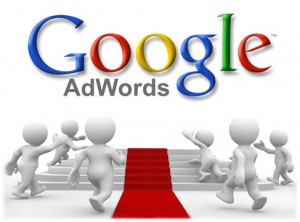
Google has just declared that in early October, AdWords advertisers won’t be able to deselect close variants anymore. Every single campaign will now be including these variants, making them necessary and no longer optional. Though, other than that, the process and the way in which these close variants function will be the same. This may be alarming to a great many amatuer advertisers. Having to refamiliarize oneself with the advertising process may be arduous and time-consuming, and the time it takes to understand the changes will be time that isn’t being spent advertising. Fortunately, at Networtech Consulting Group, a flourishing Houston Web Design and Online Marketing Team, these changes are well understood, and so the online marketing and advertising done at Networtech will not need to slow down one bit.
And Why Is This Significant?
If you’re a paid advertiser enjoying total control of a campaign, you’re a bit out of luck. By late September, this feature will no longer exist and will no longer be available to you.
How about we begin by looking at what a “close variant” actually is. A close variant is a veritably interesting handy feature that permits matching to be present on misspelled words and iterations that are quite close to the keywords existing in the campaign. It is a fantastic tool for anyone seeking to save a bit of his or her time. With it, you can gather a greater coverage & reach than you otherwise could have. Every single campaign, by default to supposed to have this particular setting turned on, but it can be shut off manually if one prefers not to use it.
A plurality of campaigns are organized in this way. An example of one of these close variants would be an advertiser with close variants turned on using an exact match term of “ladies clothes.” The ad will also show for the following terms:
- laydees clothes
- laides clothing
- ladeez cl othes
- laideez clothez
- laideys clothes
- ladis clothz
- leydiz clothes
- ladees clothes
- leydys clothes
Click here to read part 2 of this article.